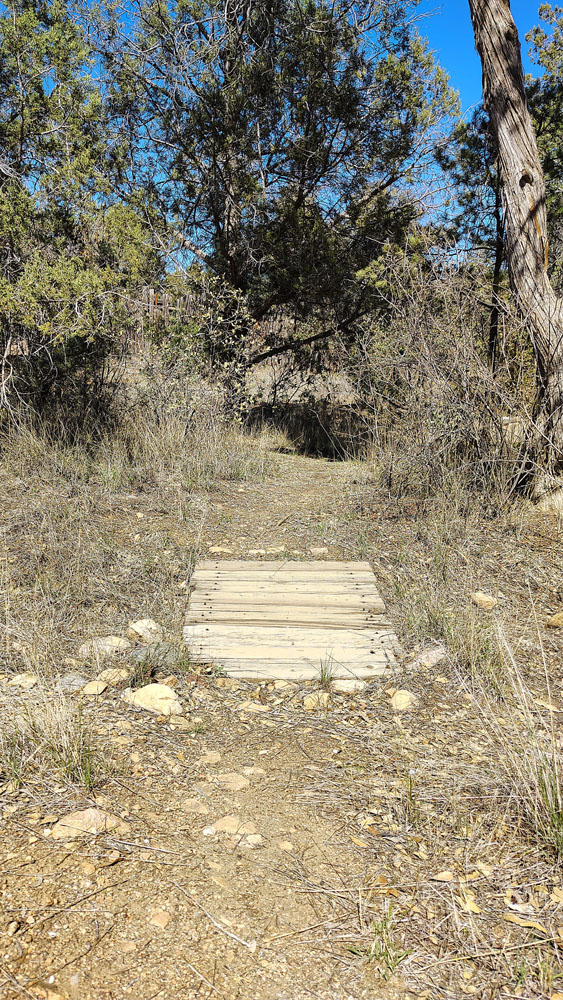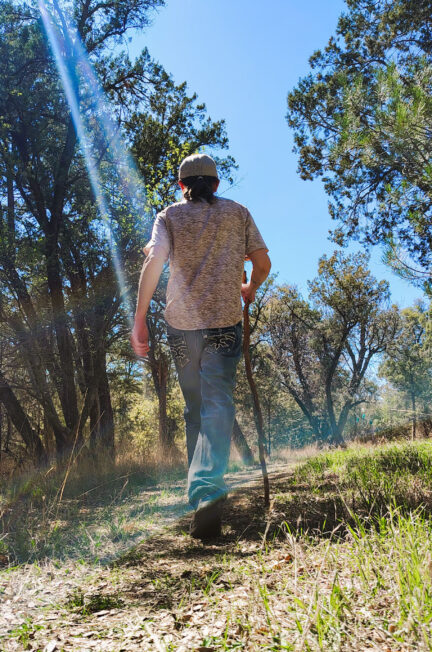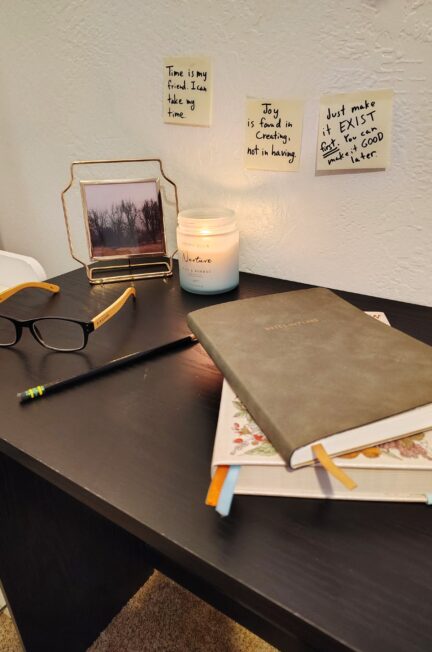Take a hike… literally.
Nothing breaks through writer’s block for me like stepping away from my laptop and going for a walk. I don’t know if it’s the extra oxygen to the brain or the fact that this same brain gets to take a break, but a quick stroll oils the writing gears and often helps me find the words for wherever I left off on the page.
Sure, there are a number of scientific explanations for why a walk improves cognitive ability, but there is more to it than chemical processes. Whether when I was living in a small apartment in the city or out in rural no-man’s land, a walk did wonders for my writing. Sometimes I even simply walked around my apartment complex; a quick loop around the buildings and I’d find my muse.
For those who are interested in the more biological reasons of why walking helps the mind (because after all, it is pretty cool), take a walk with me through this wonderful art.
The sciency stuff

Walking can be an effective strategy for overcoming writer’s block, offering a simple yet powerful way to stimulate creativity and clear the mind. When writers find themselves stuck, stepping away from their desk and taking a walk can provide the physical and mental break needed to reset their thoughts.
The rhythmic motion of walking promotes blood flow and increases oxygen supply to the brain, which can enhance cognitive function and inspire fresh ideas. Moreover, being in a different environment—whether it’s a park, city street, or nature trail—introduces new stimuli that can spark creativity and offer unexpected insights into writing challenges.
Have you ever had an idea in one place, then totally forgotten what it was as soon as you go to a different room, yet as soon as you step back to the exact place where you originally had that idea in the first place, it somehow pops into your head again? I think there has to be something to location and movement that stirs up the mind. Okay, so this point has absolutely no scientific basis but you have to admit it is a strange and amazing phenomenon.
Walking is a kind of “active meditation”, where writers engage in the simple act of moving and often find it easier to connect disparate ideas or develop novel concepts that had previously eluded them. Ultimately, incorporating regular walks into your routine not only helps overcome writer’s block but also contributes to overall well-being and sustained creative output.
Pack a journal (and maybe your lunch)
Oftentimes when I go for a walk I like to not bring anything with me (especially my phone, unless I am taking a more serious hike where I want it for emergencies). Since part of the point is to disconnect, I don’t want to be tethered to technology.
The only thing that is nice to have on a walk, especially if the purpose is to invigorate writing, is a notebook or a journal. While the two are closely related, I have a special journal just for writing-related topics. This book contains character names, random story ideas that I don’t have fully developed yet, word lists, and more. Because it is unique to writing and doesn’t have any of my daily planner elements, I won’t be tempted to make notes on other tasks and get distracted.
I can’t count the times I’ve had a small breakthrough, sometimes just the matter of creating a better title for a story, while on a walk. I’ve had many an epiphany fall on my head while sitting under a tree with nothing but a pen and my writer’s journal. Journaling during these walks provides an opportunity to capture these fleeting moments of inspiration before they fade away.

Take your time
Allow yourself to slow down when you take a walk. Of course, writing requires a lot of self-discipline and making oneself sit still and get that book done, but I’ve taken that too far in the past and made myself sit at my computer for half an hour without getting a single sentence written.
There are times that extreme self-discipline doesn’t prove anything. That’s exactly the time to go for a walk.
While talking to my mother the other day, she related something that Avik Chatterjee, the Assistant Professor of Medicine at Boston University, said, “Take five minutes to sit in nature. If you don’t have five minutes, take an hour.”


